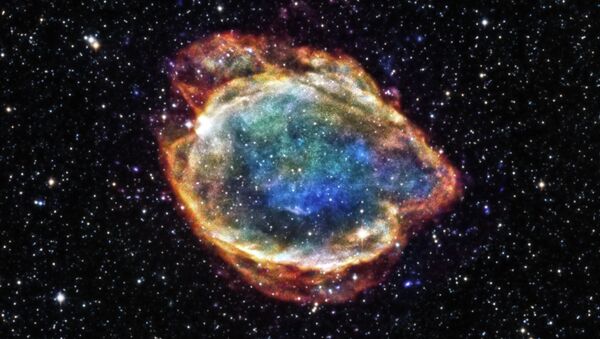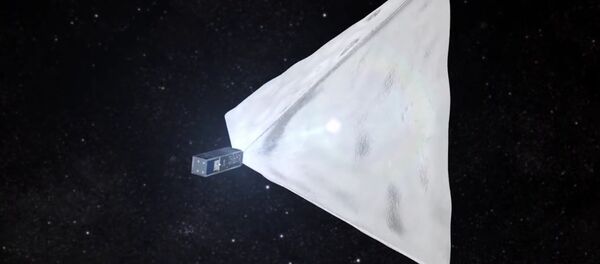Researchers on the Kepler Extragalactic Survey (KEGS) are examining data taken by the Kepler spacecraft over a three year mission to find exoplanets, or planets that orbit stars other than our sun, which ended in 2013. The KEGS survey is looking for supernovae, black holes and other extra-galactic transient objects.
In 2011 two massive stars exploded in view of the telescope. The first, KSN 2011a, is nearly 300 times the size of our sun and 700 million light years from Earth. The second, KSN 2011d, is roughly 500 times the size of our sun and around 1.2 billion light years away.
"To put their size into perspective, Earth's orbit about our sun would fit comfortably within these colossal stars," said Peter Garnavich, leader of the research team that published a paper on the explosions.
The two explosions, or supernovae, had light curves that match well with mathematical models of Type II explosions, which are classical, core-collapse supernovae that occur when the core of a star has passed the critical limit and can no longer support the mass of the star.
Kepler saw both stars explode with similar energy, but the smaller star exhibited no shock breakout, which Garnavich called a "puzzle."
"You look at two supernovae and see two different things. That’s maximum diversity."
The scientists said that understanding more about supernovae will enable us to better understand the chemical complexity in space and on Earth.
"Life exists because of supernovae."



